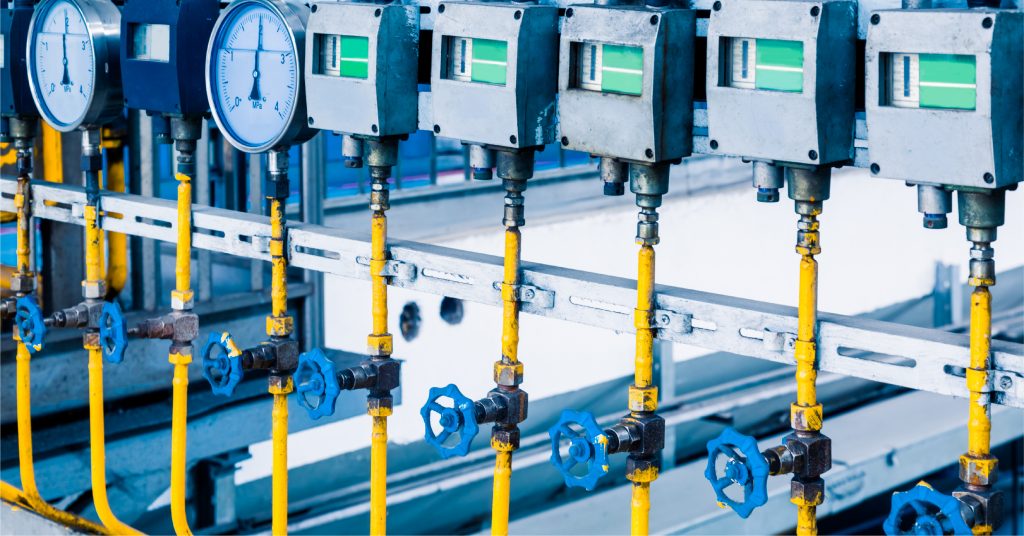Water scarcity and quality challenges in Oman have increased the demand for efficient water treatment solutions. One such effective technology is the multimedia filter, a vital component in ensuring clean and safe water for domestic, industrial, and municipal use. The multimedia filter in water treatment provides superior filtration performance, making it an ideal solution for various applications across Oman.
This blog will explore how a multimedia filter works, its benefits, and its applications in water treatment systems, including the multimedia sand filter.
What Is a Multimedia Filter?
A multimedia filter is a water treatment device that uses multiple layers of filtration media to remove suspended solids, turbidity, and other impurities from water. Unlike conventional filters that use a single type of media, the multimedia filter in water treatment incorporates several layers, each with different densities and particle sizes. These layers are designed to trap particles of various sizes, ensuring higher efficiency and better water quality.
The typical layers in a multimedia filter include:
- Anthracite: Removes large particles and provides initial filtration.
- Sand: Traps medium-sized particles.
- Garnet: Filters out fine particles due to its high density.
How a Multimedia Filter Works?
The working principle of a multimedia filter water treatment system is straightforward yet highly effective. The process involves three main steps:
- Filtration: Water flows through the multimedia sand filter from top to bottom. As it passes through the different layers, particles of varying sizes are trapped. The coarse anthracite layer captures larger impurities, while the finer sand and garnet layers remove smaller particles.
- Backwashing: Over time, the filtration media accumulates trapped impurities, reducing its efficiency. To restore performance, the multimedia filter undergoes a backwashing process. During this step, water flows in the reverse direction, flushing out the collected particles and cleaning the filter media.
- Rinse: After backwashing, the system goes through a rinse cycle to ensure all loose particles are removed before resuming normal operation.
Benefits of a Multimedia Filter
The multimedia filter offers several advantages, making it a preferred choice for water treatment in Oman:
- Enhanced Filtration Efficiency: The layered design ensures better removal of particles and impurities compared to single-media filters.
- Improved Water Quality: Multimedia filters produce water with lower turbidity and fewer suspended solids, meeting stringent quality standards.
- Reduced Maintenance: The backwashing process helps maintain performance and extends the lifespan of the filtration media.
- Versatility: Multimedia sand filters can handle a wide range of water qualities and flow rates, making them suitable for various applications.
- Cost-Effective: The system is efficient and requires minimal operational expenses, providing a high return on investment.
Applications of Multimedia Filters in Oman
The multimedia filter in water treatment is widely used in Oman across diverse applications:
- Municipal Water Treatment: Ensures clean drinking water by removing impurities and turbidity.
- Industrial Water Treatment: Provides pre-treatment for boilers, cooling towers, and other industrial processes.
- Desalination Pre-Treatment: Multimedia sand filters are often used to remove large particles before the reverse osmosis process in desalination plants.
- Irrigation Systems: Filters out sediments and impurities to protect irrigation equipment and ensure healthy crop growth.
- Swimming Pools: Maintains water clarity and hygiene by removing dirt and debris.
The Role of Ion Exchange in Oman’s Water Management
The INDION NG series of auto filters, including the NGMF deep bed filters, are designed for industrial and commercial applications with superior filtration capabilities. These filters use specially graded sand media for deep bed filtration, allowing them to handle feed water with up to 25 ppm TSS at nearly three times the surface velocity of conventional sand filters. The treated water from these filters contains less than 5 ppm TSS, ensuring high-quality results.
Key features include an aesthetically designed, lightweight, and easy-to-install structure. Each unit is preassembled and tested before shipment for seamless setup. The filters are primarily constructed from plastic materials, with the pressure vessel made from fiber-reinforced plastic (FRP) and the pipes from polyvinyl chloride (PVC), making them durable and efficient for long-term use.
Conclusion
The multimedia filter in water treatment is a cornerstone technology for ensuring clean and safe water in Oman. From municipal drinking water systems to industrial processes, multimedia sand filters deliver superior filtration performance, making them an invaluable asset in addressing water quality challenges.
By understanding how a multimedia filter works and its benefits, industries, and municipalities can make informed decisions to enhance their water treatment systems. With its high efficiency, versatility, and cost-effectiveness, the multimedia filter water treatment system continues to play a vital role in Oman’s water management efforts.


